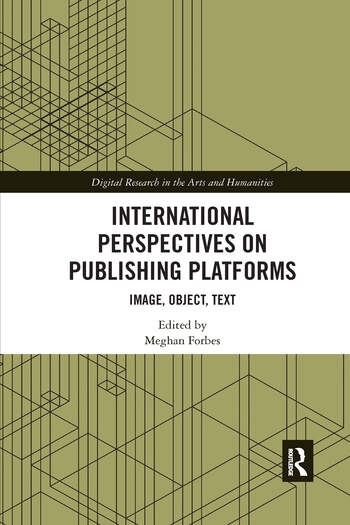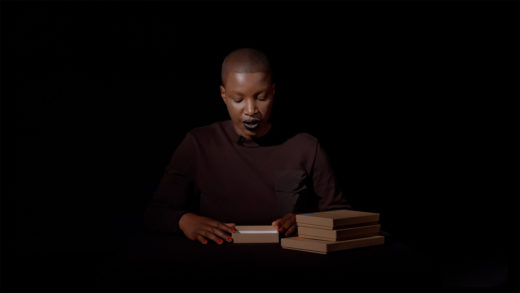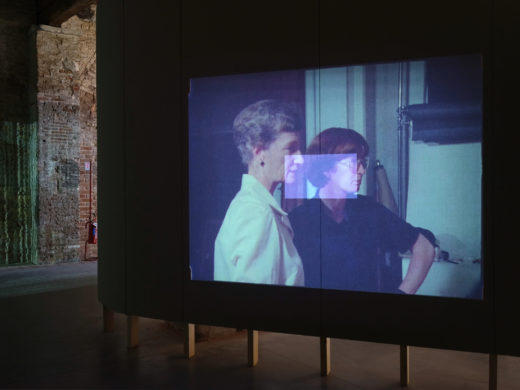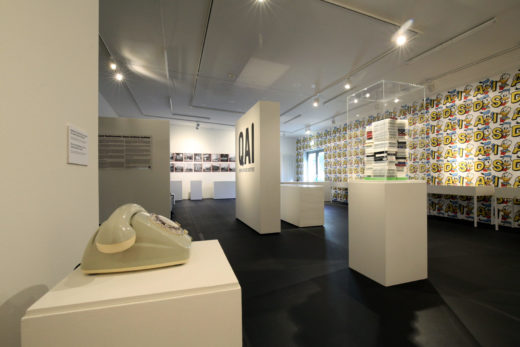A Multi-faceted and Global Perspective on Periodicals—in Every Sense
Meghan Forbes, ed., International Perspectives on Publishing Platforms: Image, Object, Text. New York and Oxford: Routledge, 2019, 268 pp.
Periodicals have traditionally been a favorite format of artists when it comes to experimenting on the blank page. There are several reasons for this, one of them being that magazines create communities even if their members are almost invisible to one another, dispersed as they may be over regional, national, and even continental geographies. Moreover, because of their time-limited nature, which is—a priori—ephemeral or, at least, specific to a certain time span, magazines tend to offer greater freedom for … Read more









